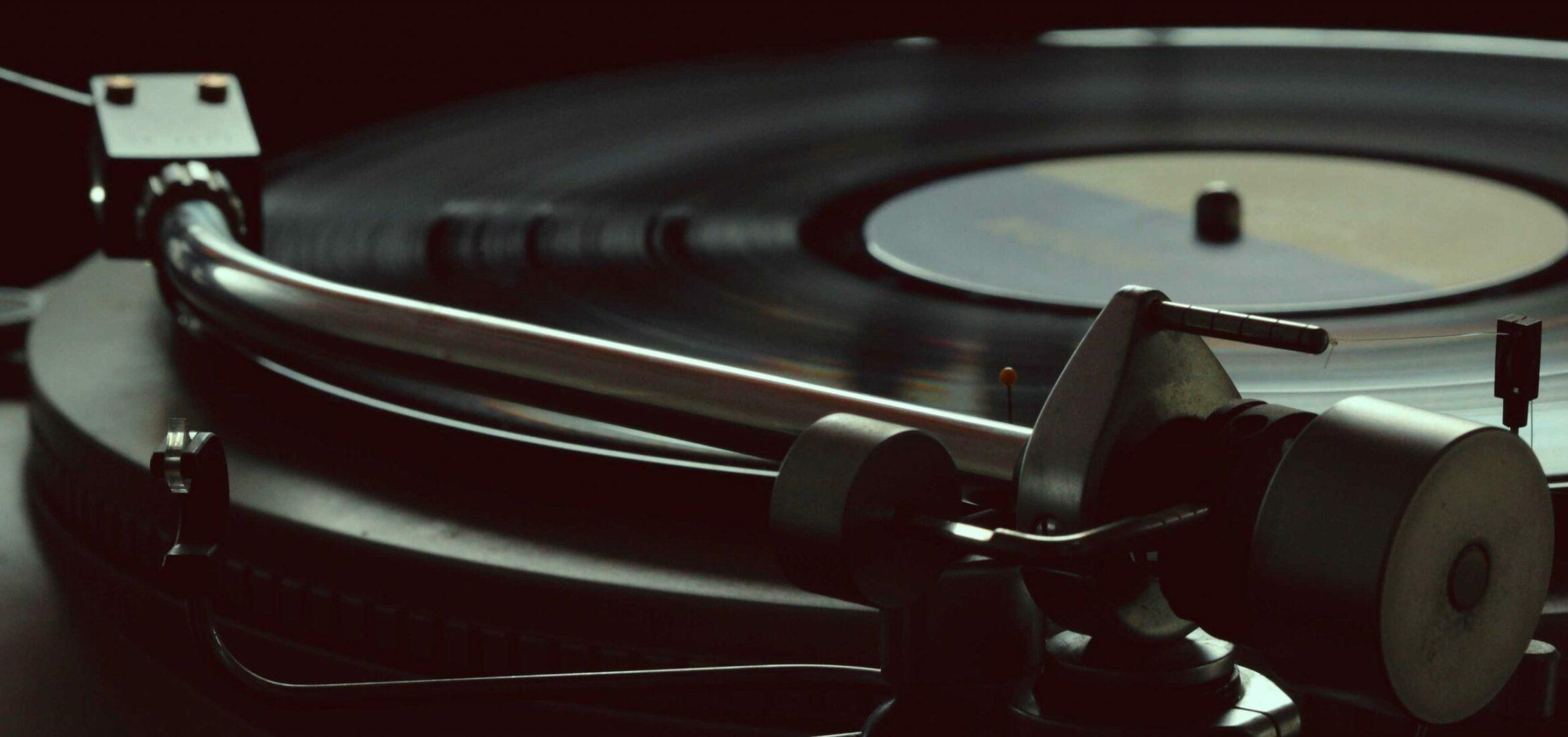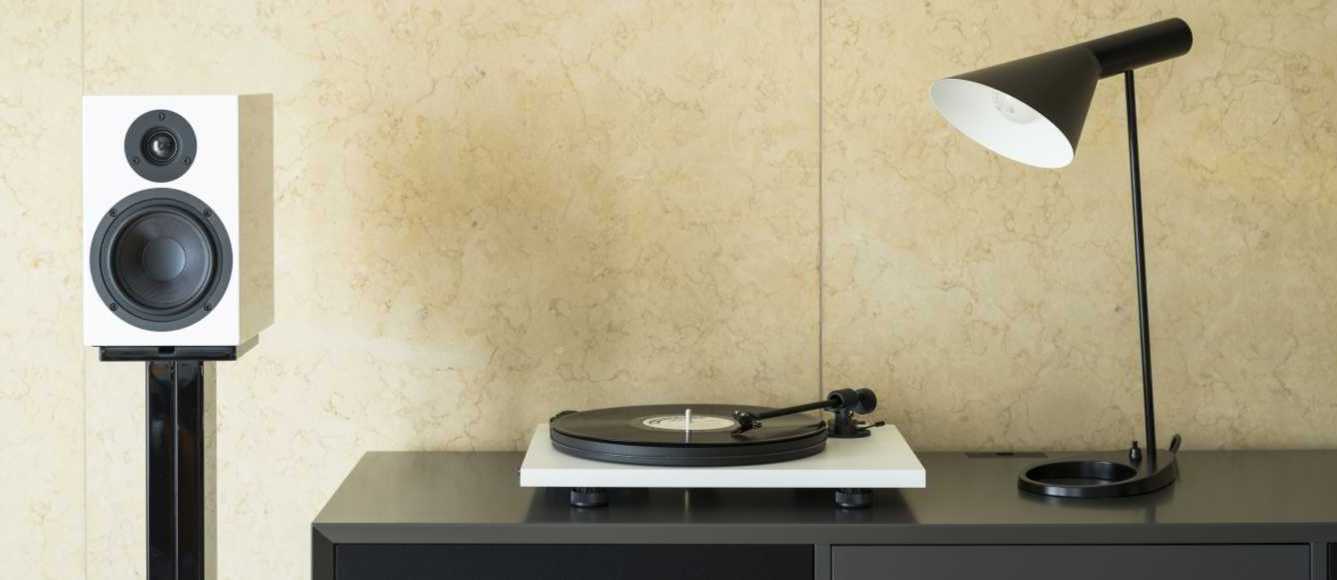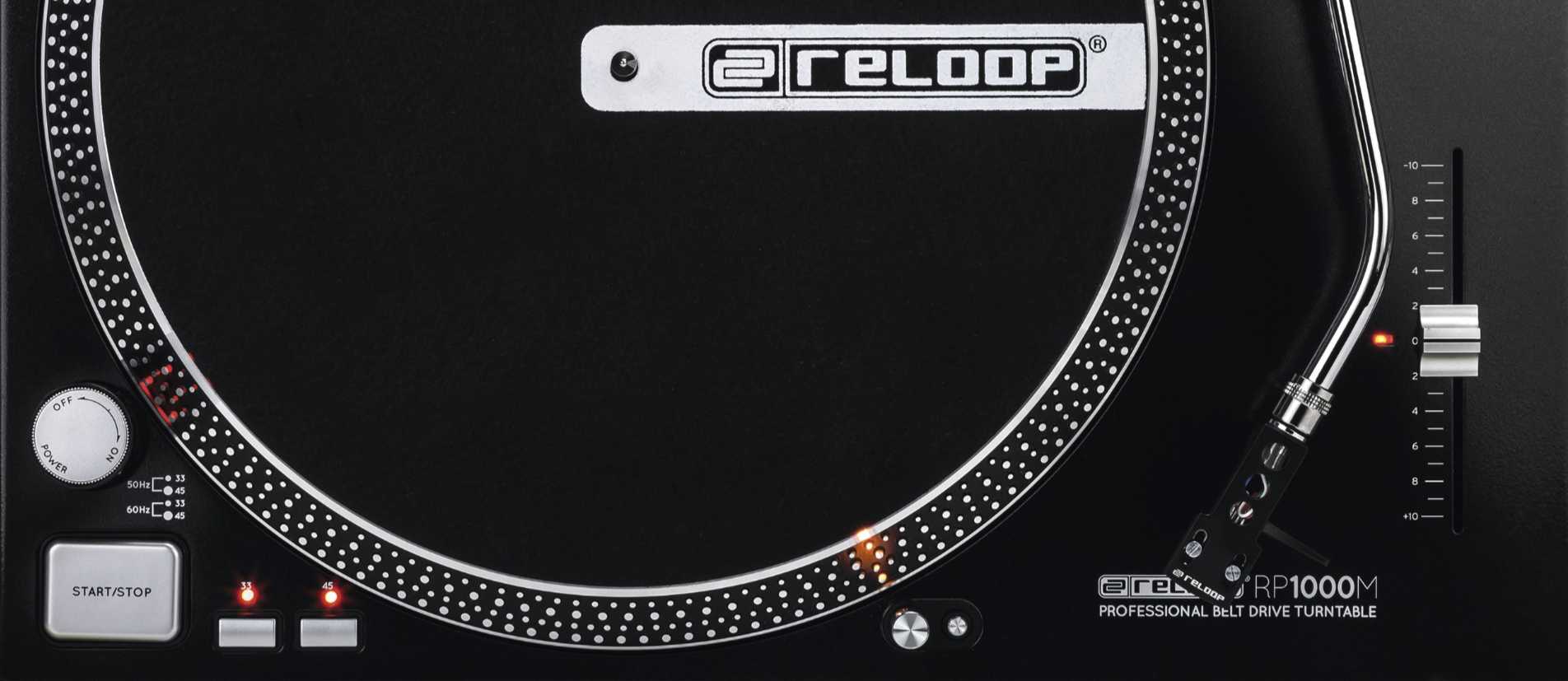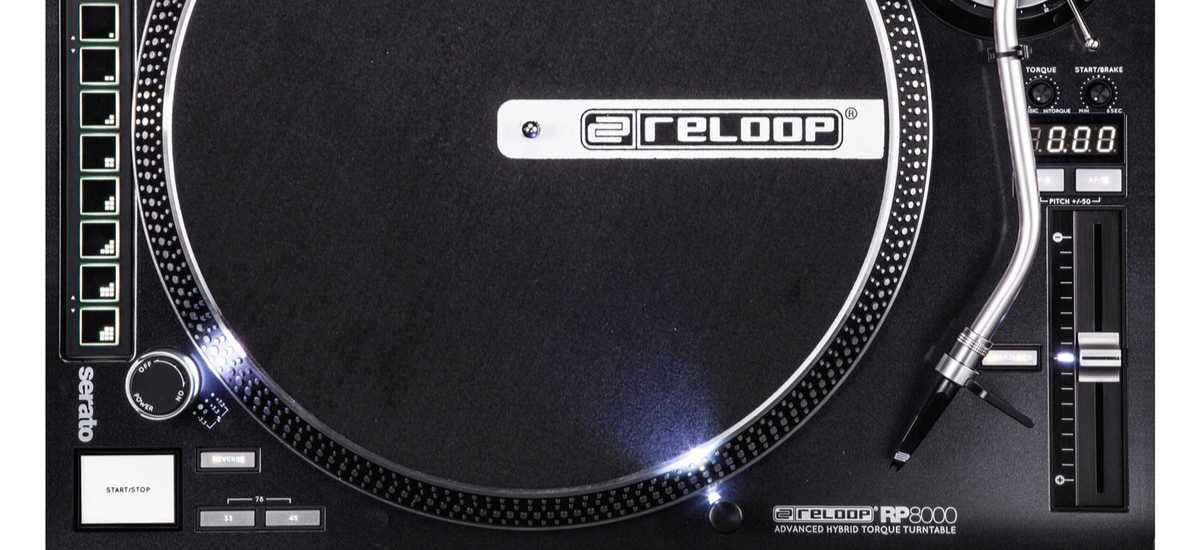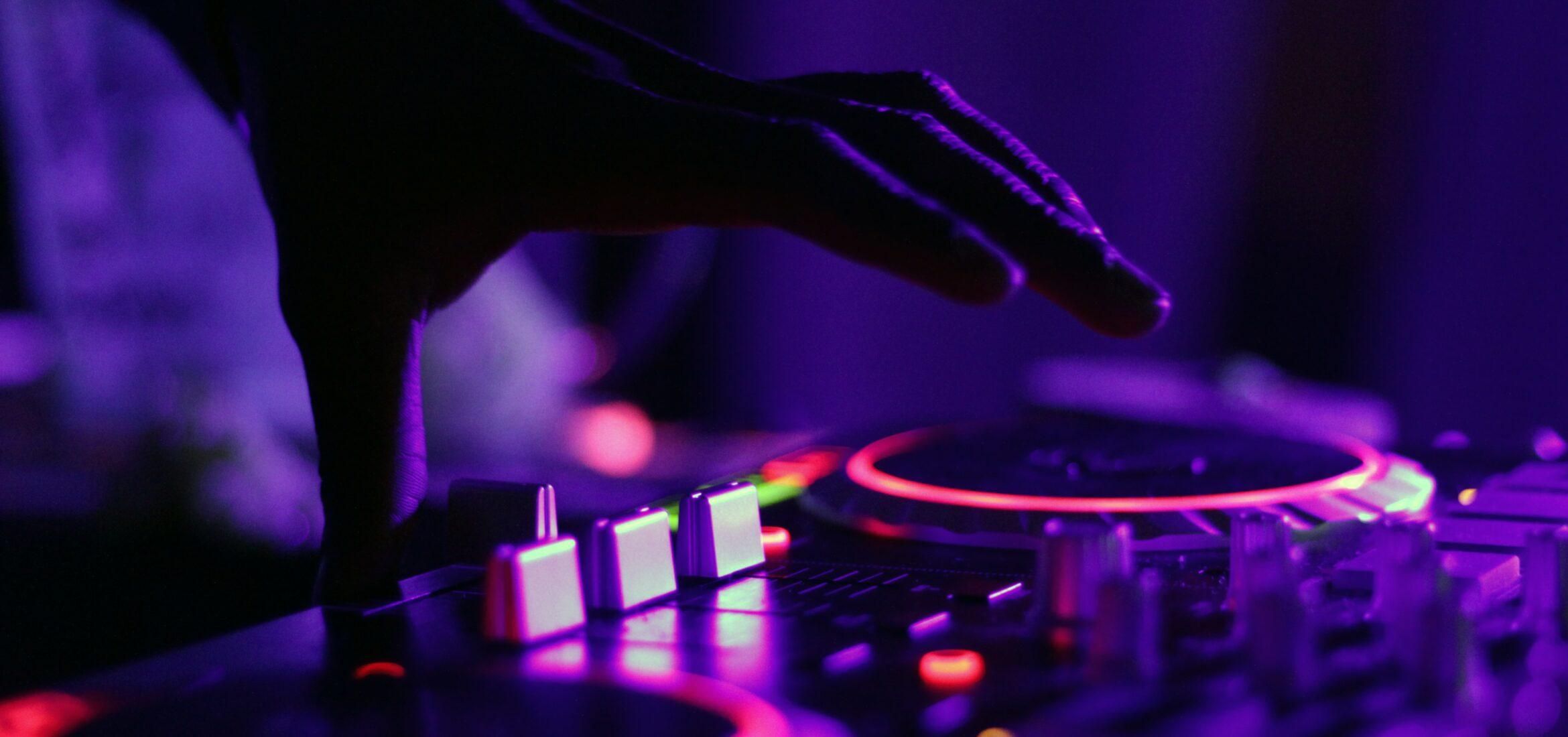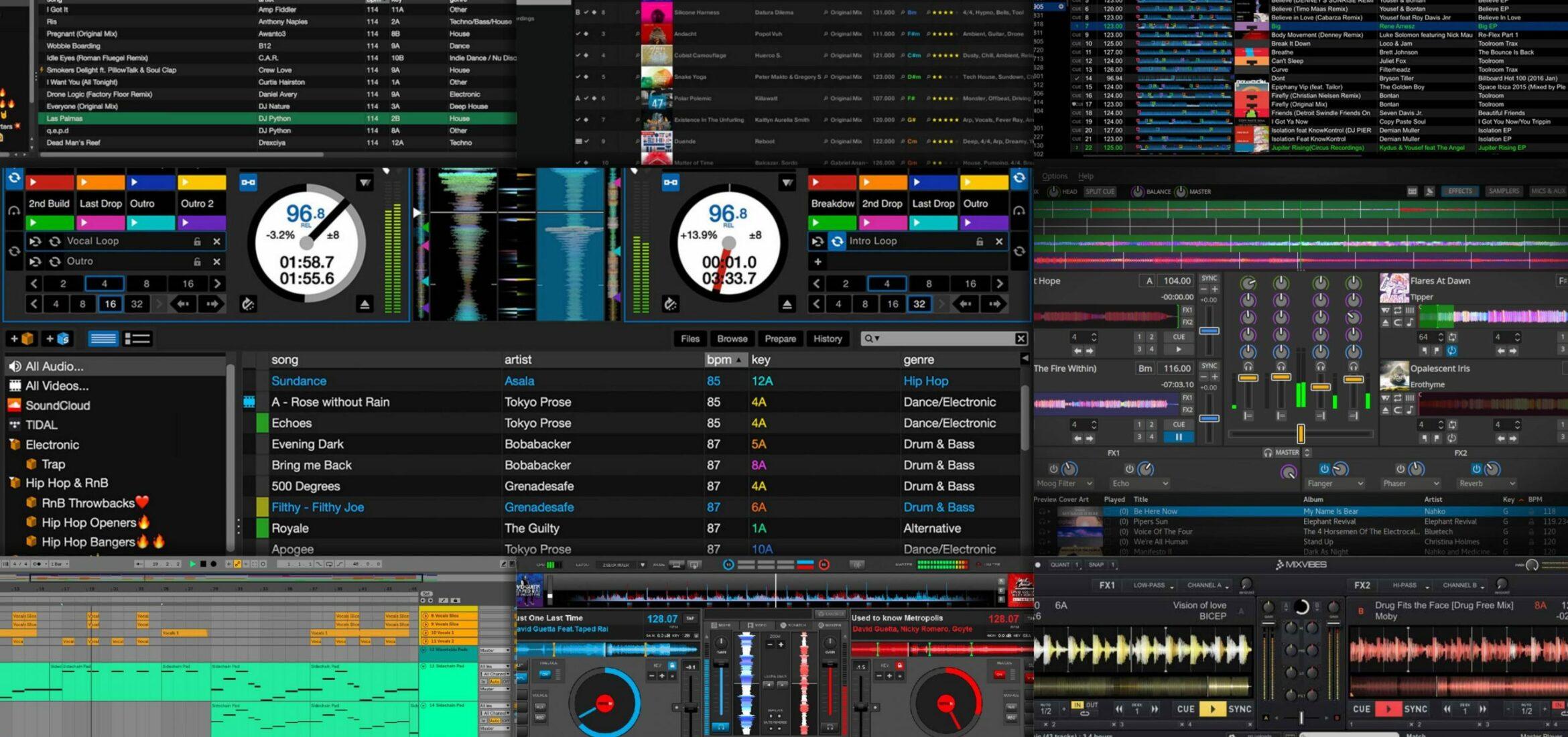At some point in most music producers careers, the topic of DJing comes into view. If you’re not a DJ already, but you produce some form of electronic music, someone has probably already asked you if you are. If it’s something that you’ve considered learning, but you’re not sure where to start, then today’s article will help you out! Even if you don’t necessarily want to be Grand Wizzard Theodore, having a good DJ turntable at hand can be a great production tool. From scratching to sampling, we’ll cover everything you need to know in this article.
Belt Drive vs Direct Drive
Ah, the age-old question of belt drive versus direct drive. If you’ve looked into getting a turntable before, this is a question you have most likely come up against. My first ever turntables were belt driven and at the time, I had no idea of the differences. It wasn’t until I started to learn to mix on them that I realised I was going to have a problem. Without too much detail, let’s take a quick look at the key differences so you can make an informed decision.
Belt Drive
In a belt-driven turntable, the motor is found off to the side of the platter. The platter and the motor are then connected by, you guessed it, a belt. Made of rubber, the belt helps to isolate the motor from the platter, creating fewer motor noise issues such as vibration. For this reason, most audiophile turntables are belt driven. However, the downside of this in terms of owning a DJ turntable is that the delivery of power to the platter isn’t great. It is possible to DJ on a belt-drive turntable but you’re going to have a hard time getting timings right. This is because it is difficult to account for the time it’ll take for the record to spin up to full speed once you take your hand away.
Direct Drive
In a direct drive DJ turntable, you will find the motor directly underneath the platter. They make a connection at once and the motor directly spins the platter. As you can imagine, this makes the device slightly more susceptible to noise and motor vibrations. Not a huge issue if you’re going to be cutting it up anyway but it can be noticeable when you’re just listening to LPs. This trade-off in noise is however compensated by much higher torque. The direct delivery of power to the platter means that the record is at full speed almost instantly when you hit play or remove your hand from the record. Perfect for both recorded and live mixing and scratching!
Now that we have the technical bit out of the way, what does it all mean? Put simply, what you should take away from this is that if you’re looking to do anything that involves speed like mixing or scratching, you’ll be better off going DJ turntable with direct drive. If however, you’re looking to get a turntable to use as more of a production tool (for things like sampling), going belt-driven might make more sense for noise removal.
Additional Features in a DJ Turntable
So now that we have decided which type of turntable we need, it’s time to look at what else a DJ turntable can offer us. In recent years, the concept of the turntable has become more and more technical. The integration of digital technology with this analogue medium has given rise to a host of new ways to play. If you’ve decided that going belt drive is best for you, you probably won’t need much of what we’re about to look into. The added cost of these features should instead be focused on finding a turntable with the best motor and belt you can afford. If, however, you’re looking for a real weapon of a turntable to mix and cut with, these features just might take your fancy.
Typical Features
Since the dawning of the DJ turntable, there are a few features that have become a staple. Most turntables are unlikely to not have these but it’s good to be aware of what you’re looking at when you go shopping. On the right-hand side is where you’ll find your speed controls. This typically consists of a fader and 2 or 3 switch buttons. Here, you can change from 33 1/3 to 45rpm (and sometimes 78 as well) and you can also fine-tune the speed by a certain percentage. Traditionally this is +/-8% but newer turntables can be +/-12% or even have a switch to allow +-/16%.
On the left-hand side is where you’ll find power and start/stop switches. I don’t think I need to explain what these do. Another fairly typical feature of a DJ turntable these days is a light source. Usually located at the bottom of the platter, this little pop-out light is super handy if you ever find yourself in a nightclub situation or if you like to listen to music late at night.
The Wonders of Modern Technology
Now we get onto some of the newer things that you can expect to find on a DJ Turntable. This basically constitutes the symbiosis of analogue and digital. Many turntables can now be paired up with DJ software (things like Serato) to provide the tactile experience of vinyl records alongside the speed and efficiency of a computer. In the early days of this development, the idea was simple. Hook up your turntable to a conversion box that uses timecode to tell your laptop which points in the song you are at. Simple.
Now, the design and integration of these are getting even more amazing. Many newer turntable designers have started to include digital buttons (essentially MIDI controllers) into their turntables. This allows things like hot cueing and effects to be within fingers reach when you’re getting crazy with the cuts. If you want full versatility and the ability to do some crazy mixes, it might be something to consider.
To Preamp or Not to Preamp
Now you’ve decided which type of drive you need and you know which of the features are important to you, there is really only one thing left to consider. Hooking it up to your speakers. If you’re looking at DJ turntables with an eye for mixing, you’re likely going to need two decks. This means you’re also going to need a DJ mixer to hook them up to.
All DJ mixers have built-in preamps so you simply output the mixer to your speakers and voilà! However, if you decide that you just want a single turntable for listening and sampling purposes, you’re going to need to think about gain staging to boost that signal.

Many good budget turntables on the market today come with a built-in preamp. This means you simply flick a switch and the signal is ready to go straight to the speakers. Super handy and a real money saver. However, if you’re looking to route the signal to more than one place (perhaps speakers as well as a PC or a sampler), you’ll need multiple outputs. A great budget option here would be the Behringer PP400. This nifty little box will convert your turntable to line level allowing you to hook it up via RCA or TRS audio cables to your stereo or a sampler or mix console. Unfortunately, the two outputs can’t be used simultaneously but a quick plug and unplug of cables and you’re good to go.
My Recommendations
Now that you’ve got all the info, it’s time to decide on what to buy. I’d like to offer up three recommendations for my current market favourites, but it’s up to you to decide.
Pro-Ject Primary E (Belt Drive / ~$190)
The Primary E is a sturdy, well-built belt-drive turntable for high-quality listening. This turntable is the type of purchase you’d expect to still be working like day one even after ten years. This beautiful turntable comes with a very high-quality Ortofon cartridge as standard and has been meticulously machined for next to no vibration. Best of all, it contains no plastic so it’s environmentally conscious and as far from flimsy as you could get!
Reloop RP-1000M (Direct Drive / ~$260)
This modest offering from Reloop is a perfect gateway for anyone looking to get into scratching and/or mixing. Reloop is well renowned for its quality build designs and innovative thinking. With a large collection of turntables under their belts, you can’t go wrong. I’m recommending the RP-1000M simply for its price point and functionality but if you want a few more bells and whistles, just take a look at the models up from this one. You won’t be disappointed!
Reloop RP8000 (Direct Drive / ~$690)
Reloop really does make a good DJ turntable. As mentioned earlier in the article, the merging of analogue and digital is real. This Reloop RP8000 does just that. With its elegant design, seamless Serato integration and array of digital control switches, you can do things people have only dreamed of doing with this turntable. It really does have it all!
TL;DR
Buying a turntable is like buying a car. You need to know what everything does and you need to know that it will be fit for your intentions. Start by making a decision between belt or direct drive. If you want to mix and scratch, you’ll ideally want to go direct drive. If however, you’re more interested in audio fidelity, then a belt drive might be better. With that decided on, have a look at some of the features that potentially turntables have. There’s no need to pay extra for features you’ll never use. Finally, check if you’ll need a preamp or not. A turntable with no preamp is like a car with no fuel. You’ll be going nowhere. With all this new knowledge, you should now be ready to become a DJ!
About the Author

Tim Dunphy
Audio Engineer and Specialized Content WriterOver 10 years experience working in the audio business. Everything from coiling up XLRs to mastering albums. I'm a self-made man and I keep my assets in Bitcoin. What more is there to know!?
Leave a comment
Log in to comment
